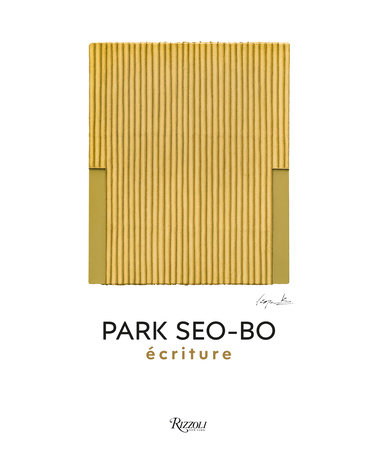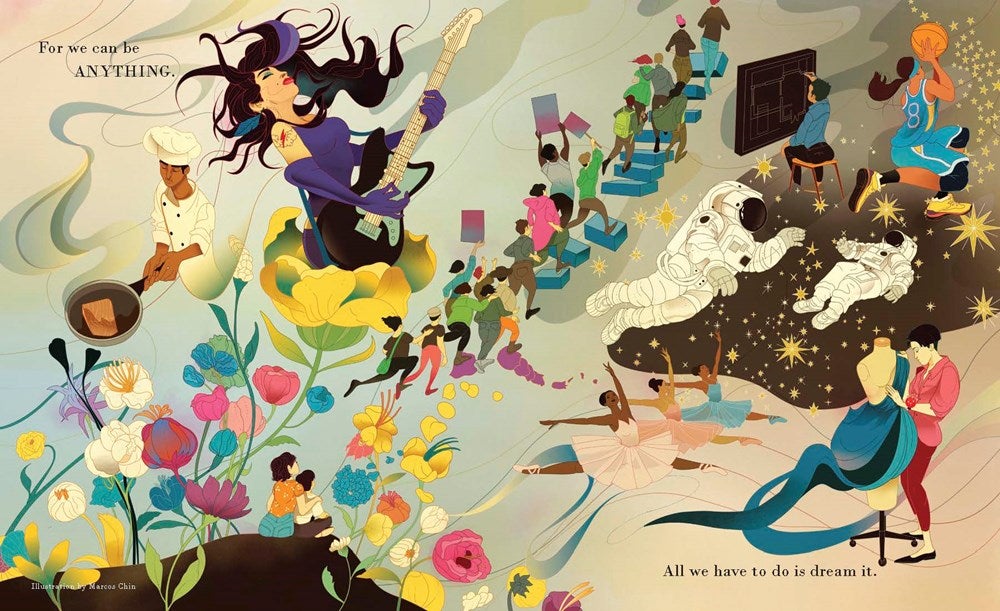Celebrate Asian American and Native Hawaiian/Pacific Islander Heritage Month!
Partake in Asian American and Native Hawaiian/Pacific Islander Heritage Month by honoring and celebrating their contributions to the history, culture, and achievements of the United States. Celebrate this May and all year long! More Children’s titles → Japanese Art, Cooking, Crafts, Fiction, & Travel→ Fiction, Non-Fiction, & Gift → India & South Asian Art,






